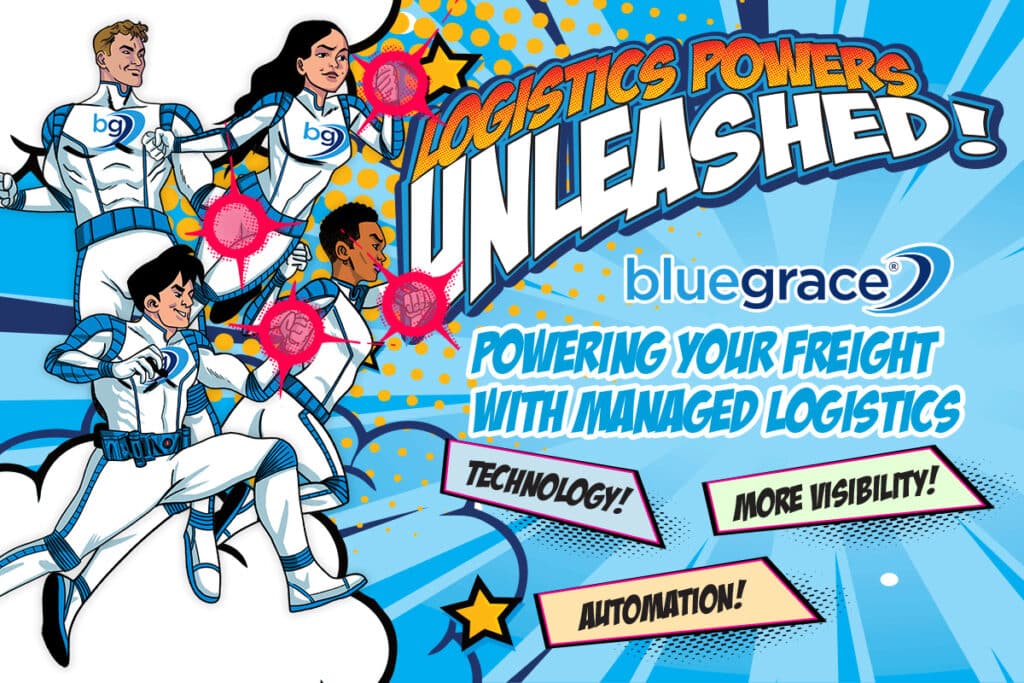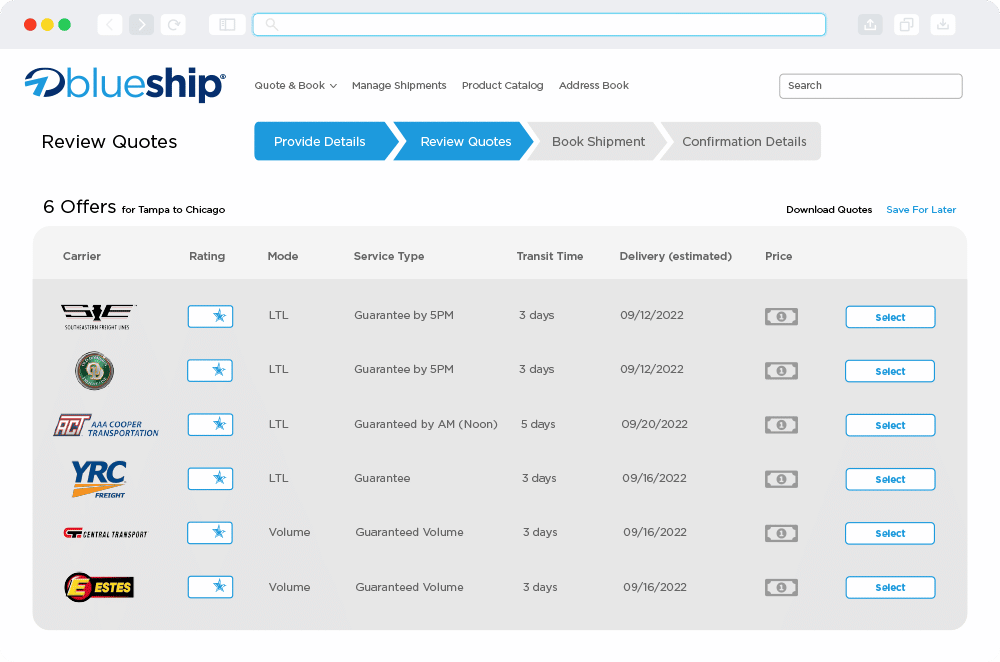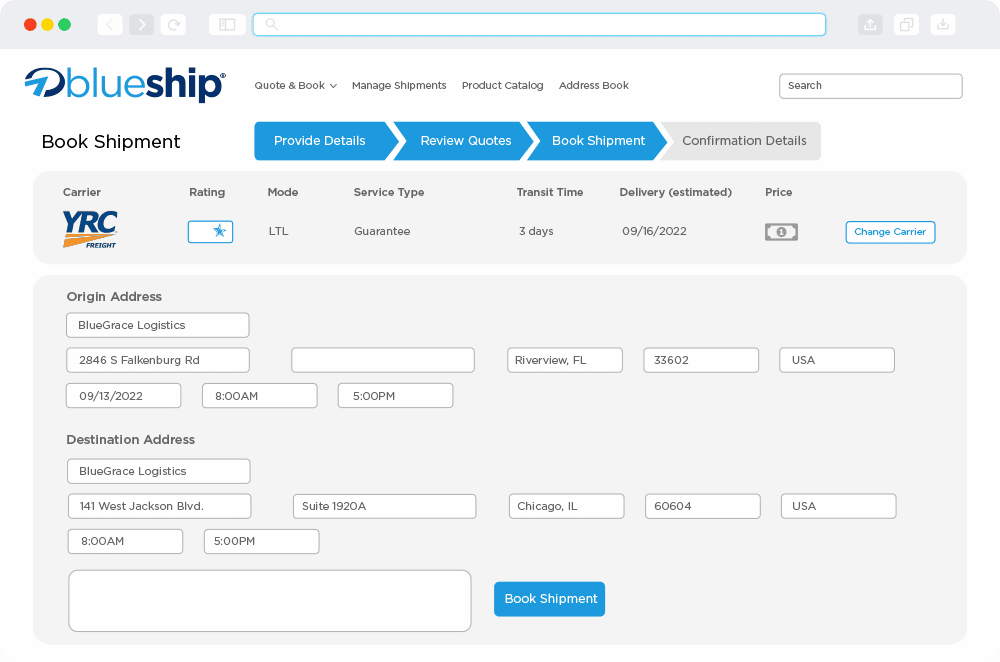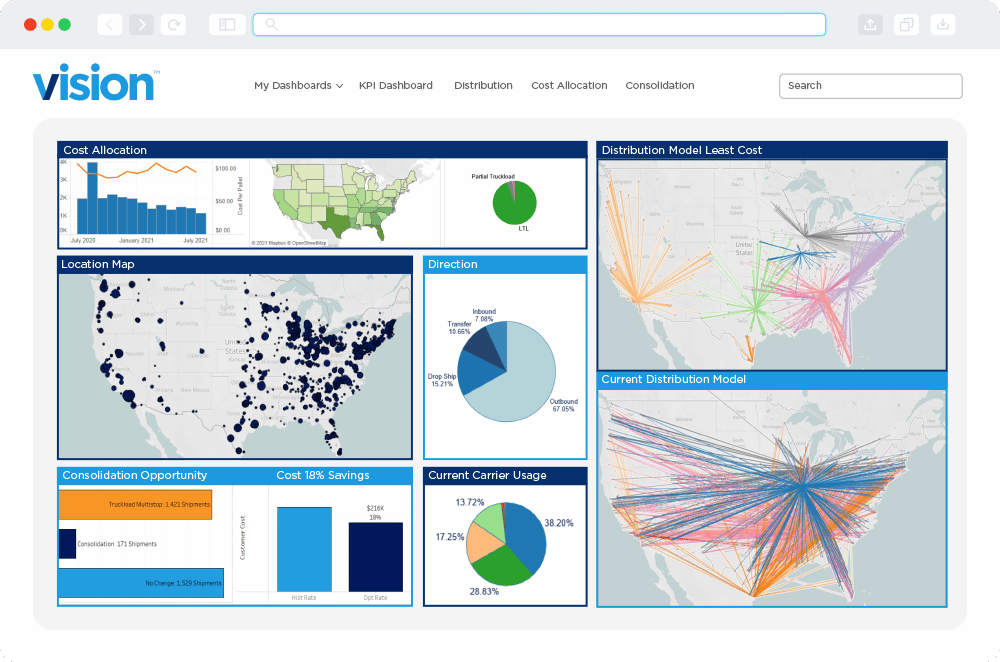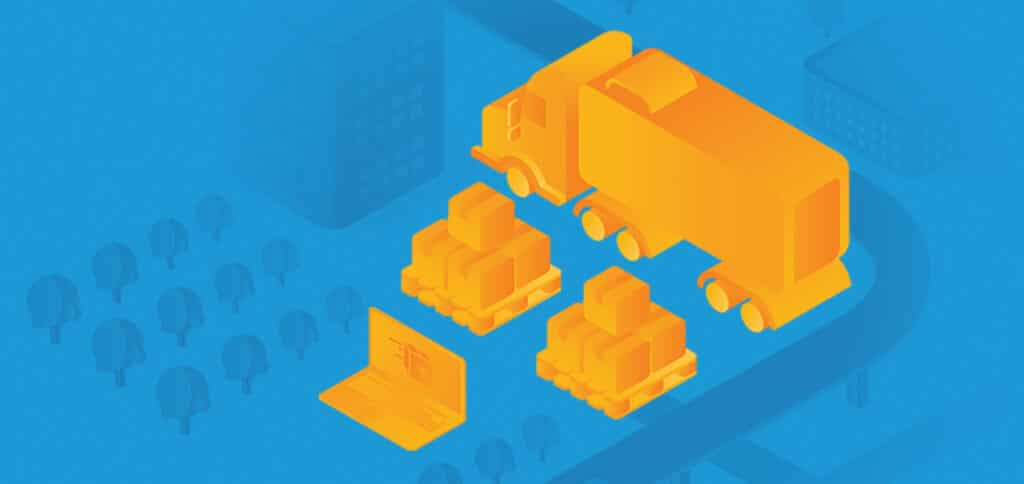
What Is a Sustainable Supply Chain and How Can I Apply It to My Business?
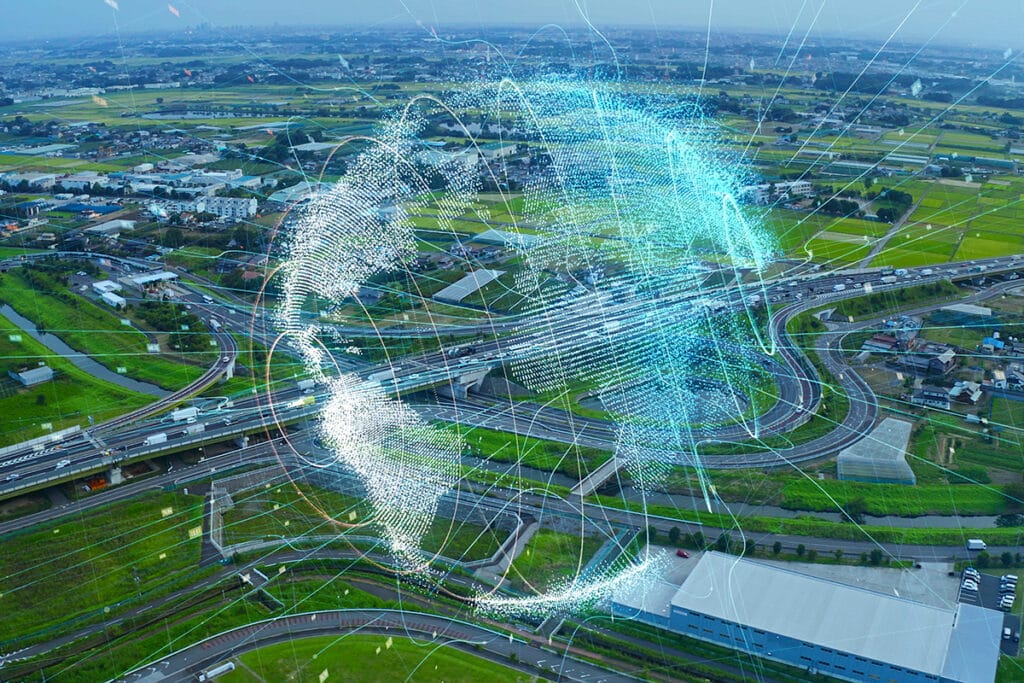
In a recent survey by global consulting firm Deloitte, 75% of company leaders reported an increase in sustainability investments over the past year. Another 61% of these leaders anticipate climate change will impact their company’s strategy and operations within the next three years. As a result, businesses find themselves in the spotlight, with a particular focus on sustainability within their supply chains. But why?
These are just a few of the many reasons:
- Risk Mitigation: A sustainable supply chain reduces dependency on scarce resources and minimize exposure to environmental and social risks, ensuring greater resilience against disruptive events.
- Cost Efficiency: Efficiency gains from sustainable practices, such as reduced energy consumption and waste, lead to cost savings and improve overall financial performance.
- Brand Reputation: Adopting sustainable supply chain practices enhances a company’s reputation, fostering customer trust and loyalty in an era where environmental and social responsibility are highly valued.
- Regulatory Compliance: Governments globally are tightening regulations on supply chain sustainability. Adhering to these standards helps businesses stay compliant, avoiding legal issues and reputational damage.
Interested in Reducing Carbon Emissions for Your Business?
Businesses are implementing several actionable strategies to start their journey toward supply chain sustainability. Streamlining processes to eliminate waste, mapping supply chains to identify potential inefficiencies, and incorporating carbon reduction strategies are all practical steps being implemented throughout a variety of industries.
In this post, we’re going to define supply chain sustainability and help guide you through the process of developing your own sustainable supply chain strategy.
Understanding Supply Chain Sustainability
Supply chain sustainability is the practice of seamlessly integrating environmentally and socially responsible principles throughout the supply chain, covering every phase from product design to end-of-life disposal. It is the process of designing, sourcing, producing, and delivering products and services through sustainable means while considering the social, economic, and environmental impacts at every step.
Key aspects of a sustainable supply chain rest on three fundamental pillars:
- Environmental Sustainability: This pillar involves efforts to reduce the environmental footprint of your supply chain activities. It includes minimizing carbon emissions, conserving natural resources, reducing waste, promoting responsible sourcing, and addressing concerns like pollution and climate change.
- Social Sustainability: Social sustainability emphasizes fair labor practices, human rights, and ethical treatment of workers throughout the supply chain. This includes ensuring safe working conditions, respecting diversity and inclusion, and upholding ethical labor standards.
- Economic Sustainability: Economic sustainability focuses on maintaining the long-term economic viability of businesses and supply chains. It involves responsible financial management, ethical governance, and strategies that promote economic growth without causing harm to society or depleting resources.
A sustainable supply chain seeks to balance these three pillars, creating a harmonious relationship among environmental responsibility, societal well-being, and economic prosperity. It aims to benefit not only businesses but also communities, workers, and the environment, making it a holistic and responsible approach to supply chain management.
The Power of a Sustainable Supply Chain for Your Business
In today’s fiercely competitive business landscape, embracing sustainability isn’t just a choice; it’s a necessity. It helps position your brand as more responsible and trustworthy, while enabling your organization to mitigate risks, reduce costs, and improve the overall financial performance. Additionally, sustainability is also becoming a key factor in attracting and retaining top talent, as employees seek companies that align with their values.
Moreover, embracing a sustainable supply chain can enhance stakeholder relations, meeting the growing demand for transparency and accountability around environmental and social issues. By demonstrating shared values with their customers, companies can increase customer loyalty and retention, and fortify their organizations for greater resilience.
Assessing Your Current Supply Chain Sustainability Practices
Evaluating your current practices is a crucial step toward building a more sustainable supply chain. Sustainability is about more than just reducing your environmental impact; It’s about creating a socially responsible and economically viable organization. To initiate this process, begin by examining your current environmental, social, and governance practices. This self-assessment can be a starting point for tangible improvements that can lead to a more sustainable supply chain.
During this assessment, you may uncover a few challenges like:
1. Lack of Supply Chain Visibility
- Challenge: Many companies struggle to gain full visibility within complex, global supply networks. This makes it difficult to track and measure the environmental impact of every supplier, sub-supplier, and transportation link.
- Solution: Implement advanced supply chain management systems and technologies, such as blockchain or real-time tracking to enhance visibility. Collaborate with suppliers to collect and share environmental data.
2. Data Accuracy and Standardization
- Challenge: Environmental data from various sources often lack consistency, accuracy, or standardization. Different suppliers may use different metrics, making it difficult to compare and aggregate data effectively.
- Solution: Establish clear guidelines and standards for your supply chain analytics. Encourage suppliers to adopt these standards and provide training and support if needed. Also, implement data validation and verification processes to ensure accuracy.
3. Assessing Scope 3 Emissions
- Challenge: Measuring Scope 3 emissions, which include emissions from the entire supply chain, can be intricate. This category encompasses emissions from activities like transportation, production of purchased goods, and the use of sold products.
- Solution: Collaborate closely with suppliers to collect data on Scope 3 emissions. Focus on key areas with the highest impact and work to establish a baseline. Identify opportunities for reduction, such as optimizing transportation and selecting suppliers with lower carbon footprints.
With the right technology and partnerships, you can overcome a lot these issues. For example, a logistics partner, like BlueGrace, can give you complete visibility into your supply chain. Once you have the necessary data, you can create a baseline for your sustainability reporting and create a strategy to tackle these challenges. Start by engaging key stakeholders in the self-assessment process, including suppliers, customers, and employees. Next, identify the primary areas of focus for the assessment, such as reducing the carbon footprint, managing waste, or enhancing social responsibility.
Setting Clear Sustainability Goals and Objectives
Once you have a clear picture of your current supply chain sustainability practices, the next vital step is identifying clear goals to strive for. These goals provide direction and a measurable framework for your organization’s journey toward a more sustainable supply chain. Consider the following key points:
1. Define Your Sustainability Vision
- Begin by establishing a compelling vision that aligns with your organization’s values and long-term objectives. This vision serves as the guiding light for all your sustainability efforts, reflecting your commitment to environmental responsibility, social impact, and economic resilience.
2. SMART Goals
- Specific: Clearly define what you want to achieve within your supply chain. Specify targets related to emissions reduction, resource efficiency, social responsibility, and more.
- Measurable: Use quantifiable metrics and key performance indicators (KPIs) to track progress and success.
- Achievable: Set goals that are attainable with the right resources and strategies. Avoid overambitious objectives that may lead to frustration.
- Relevant: Ensure your goals align with your organization’s sustainability vision and values.
- Time-Bound: Define clear timelines for achieving your sustainability goals, whether short-term, medium-term, or long-term.
3. Integration into Business Strategy
- Ensure your sustainability goals and objectives are seamlessly integrated into your overall business strategy. This alignment reinforces the importance of sustainability within your organization and encourages a collective commitment to achieving these goals.
These goals for your business should be broad, qualitative, and more strategic then the KPI-specific goals we further outline below in this post. Here’s an example of what an organizational goal would look like:
- Goal: Optimizing Transportation
- Objective: Decrease carbon emissions associated with transportation by 20%.
- Implementation:
- Optimize transportation routes to reduce mileage and fuel consumption.
- Invest in a more fuel-efficient fleet of vehicles.
- If non-asset based, collaborate with a 3PL provider for a detailed sustainability reporting summary and emission reduction plan.
- Encourage the use of public transportation and carpooling among employees.
- Benefits:
- Lower transportation costs.
- Reduced carbon footprint.
- Improved supply chain efficiency.
By setting clear goals and objectives, you create a roadmap for your supply chain’s sustainable transformation. These goals will not only guide your actions but also provide a basis for measuring your progress and success.
Developing a Tailored Supply Chain Sustainability Strategy
Crafting a customized sustainability strategy can feel daunting, but it doesn’t have to be. Once you’ve assessed your supply chain and set clear goals, you can take purposeful steps towards achieving them. These steps might involve reducing your carbon footprint, collaborating with suppliers to improve sustainability, or implementing circular supply chain practices. Circular supply chains aim to re-use products, either by using their parts or refurbishing them, effectively reducing waste from the supply chain.
Simultaneously, working with suppliers to reduce packaging waste or incentivizing employees to conserve energy are additional actions that can be taken. It’s important to remember that sustainability is an ongoing journey rather than a final destination. Even small, incremental changes can collectively lead to significant positive impacts on your supply chain’s sustainability.
Collaborating with Sustainable Suppliers and Partners
Building strong relationships with suppliers and partners are essential for achieving a sustainable supply chain. For this reason, collaboration with key stakeholders can lead to positive outcomes and help develop a more sustainable logistics process.
For instance, consider partnering with a reputable third-party logistics provider, like BlueGrace, known for its comprehensive freight data analysis and exclusive sustainability reporting tools. Such collaborations can be transformational. On average, our customers have achieved a 16% reduction in emissions and a significant 22% cost reduction. These collaborative efforts benefit all parties involved and are essential for advancing sustainability.
When partnerships align with sustainability objectives, they can collectively work together to create solutions that reduce waste, lower carbon emissions, improve social responsibility, and pave the way for a sustainable future.
Implementing Sustainable Supply Chain Initiatives
The execution of a new sustainability plan may seem overwhelming, but it can be made more manageable by focusing on practical and achievable steps.
For example, consider this simple, yet effective measure of implementing a paperless office policy to reduce paper waste and environmental impact. These seemingly small changes can yield substantial sustainability improvements over time. However, it’s important to recognize that employee involvement and engagement are pivotal catalysts for ensuring the successful implementation of these initiatives. Educating employees on the importance of ESG policies and sustainability goals while actively encouraging their participation will drive progress towards a more sustainable future.
By emphasizing accessible, actionable steps and employee engagement, your business can successfully execute your new sustainability plan!
Measuring Progress and Success Through Sustainability Reporting
At last, the practice of measuring and reporting on performance. This is crucial in gauging progress towards sustainability goals and identifying areas for improvement. The strategic selection of relevant Key Performance Indicators (KPIs) is essential when it comes to monitoring sustainability. KPIs like carbon emissions intensity (CEI), supplier sustainability scorecard, and waste reduction rate are especially pertinent to your supply chain sustainability. By tracking these metrics, you can create a clear picture of environmental impact and your progress towards reducing it. In addition, reporting on sustainability performance showcases transparency and accountability to stakeholders, including customers, investors, and regulatory bodies.
For instance, look no further than the 2023 sustainability report from Meta. Starting on page 16, you’ll find their commitment to fostering a more sustainable supply chain. Their list of KPIs, beginning on page 46, provides an in-depth insight into the organization’s measurement of success. The report doesn’t just highlight their achievements, like the implementation of data center water efficiency and circularity implementation, but also takes a candid look at areas that require further improvement. Finally, on the final page, they discuss how they plan to improve the granularity and accuracy of their greenhouse gas (GHG) emissions measurements. This kind of detailed reporting is an invaluable tool for organizations aiming to make their supply chains more sustainable.
Wrapping Up
At the end of the day, a sustainable supply chain is all about resilience. It all starts with comprehensive assessment. Getting a clear picture of where you are now, is essential to planning your journey into the future. Then, you need to establish your big goals. Once you know where you’re headed, you can build a practical sustainability strategy, develop strong partnerships, and measure your progress over time.
At BlueGrace, we’re here to deliver all the tools you need to build a sustainable supply chain strategy. Our exclusive software provides detailed insights into CO2 emissions, helping you quickly identify areas of improvement. Plus, our Shipment Averages report helps detect ways to reduce emissions and cut costs by optimizing shipments.
Ready to start your journey towards supply chain sustainability? Reach out to us today and let’s build a sustainable future together!
Related Posts
Enhancing Supply Chain Sustainability: Reducing Emissions for a Greener Tomorrow
Enhancing Supply Chain Sustainability: Reducing Emissions for a Greener Tomorrow
View The Logistics Blog®
Celebrating Leaders In Supply Chain Sustainability
Celebrating Leaders In Supply Chain Sustainability
View The Logistics Blog®
How To Meet Sustainability Goals For Shippers
How To Meet Sustainability Goals For Shippers
View The Logistics Blog®
